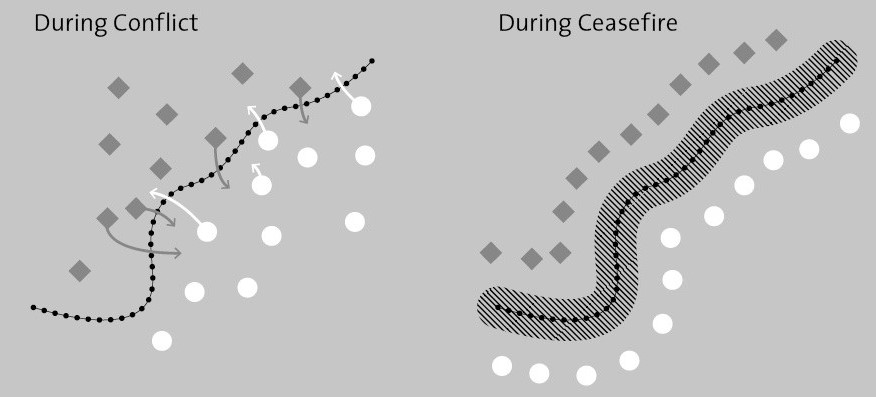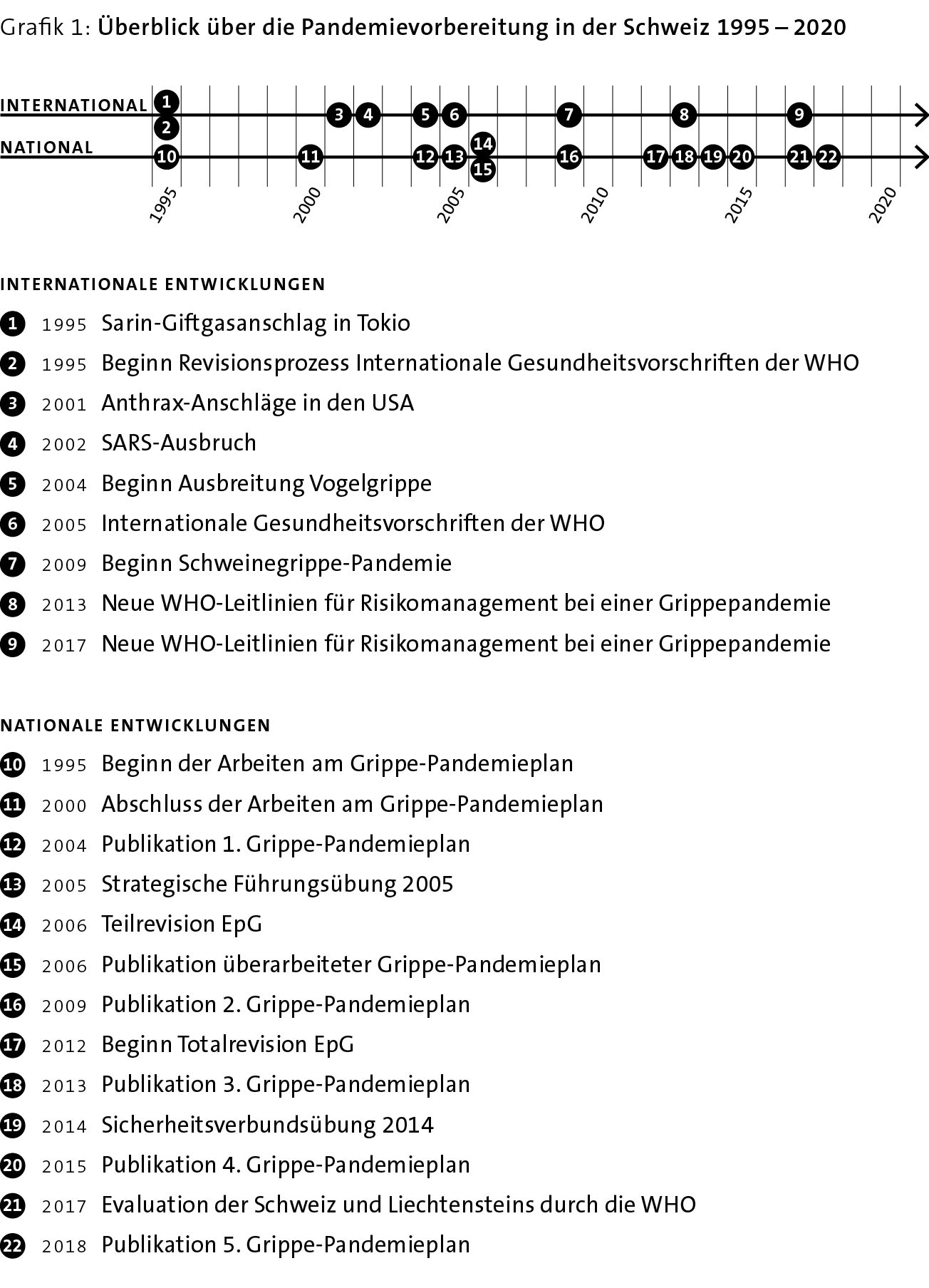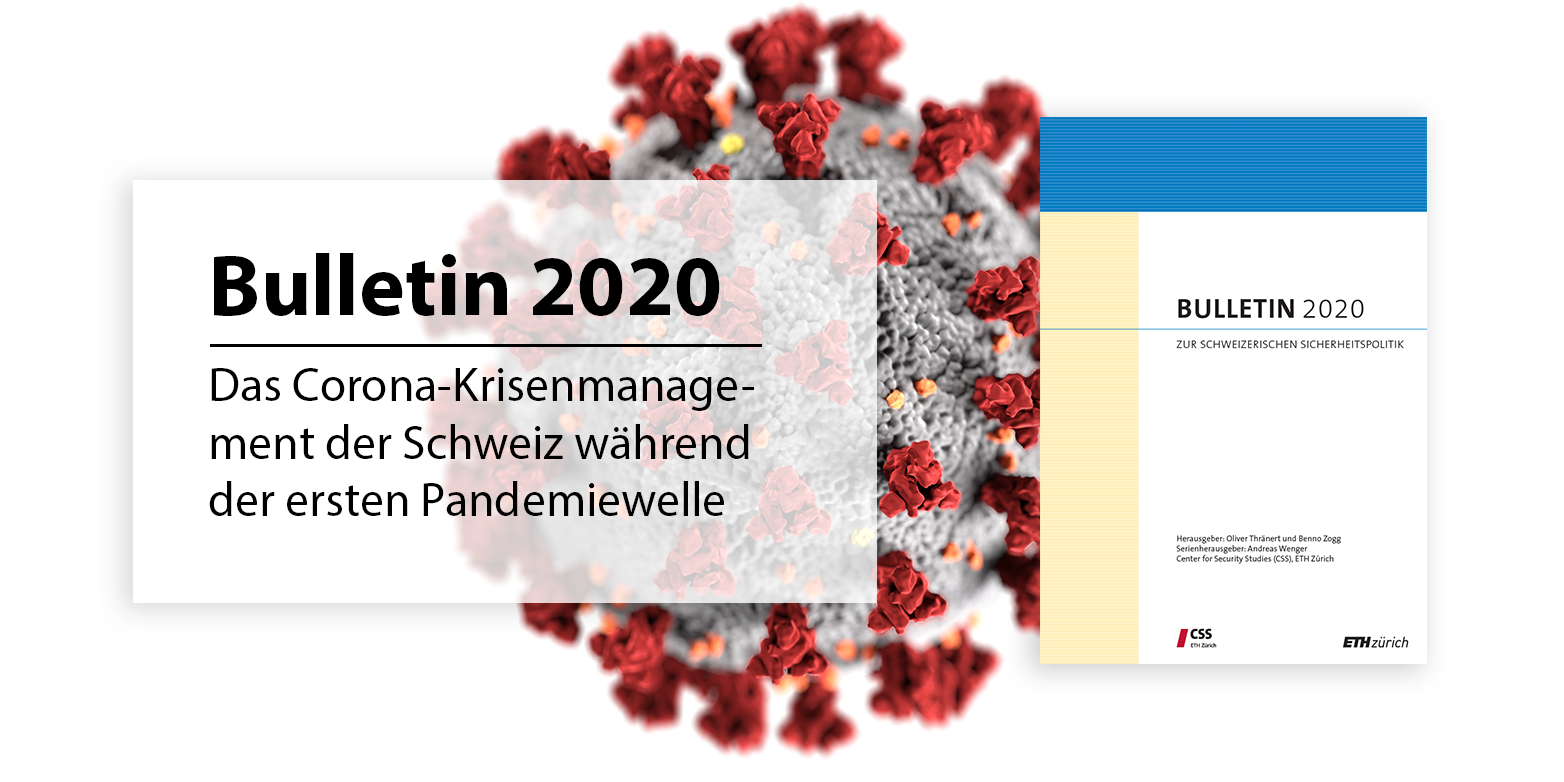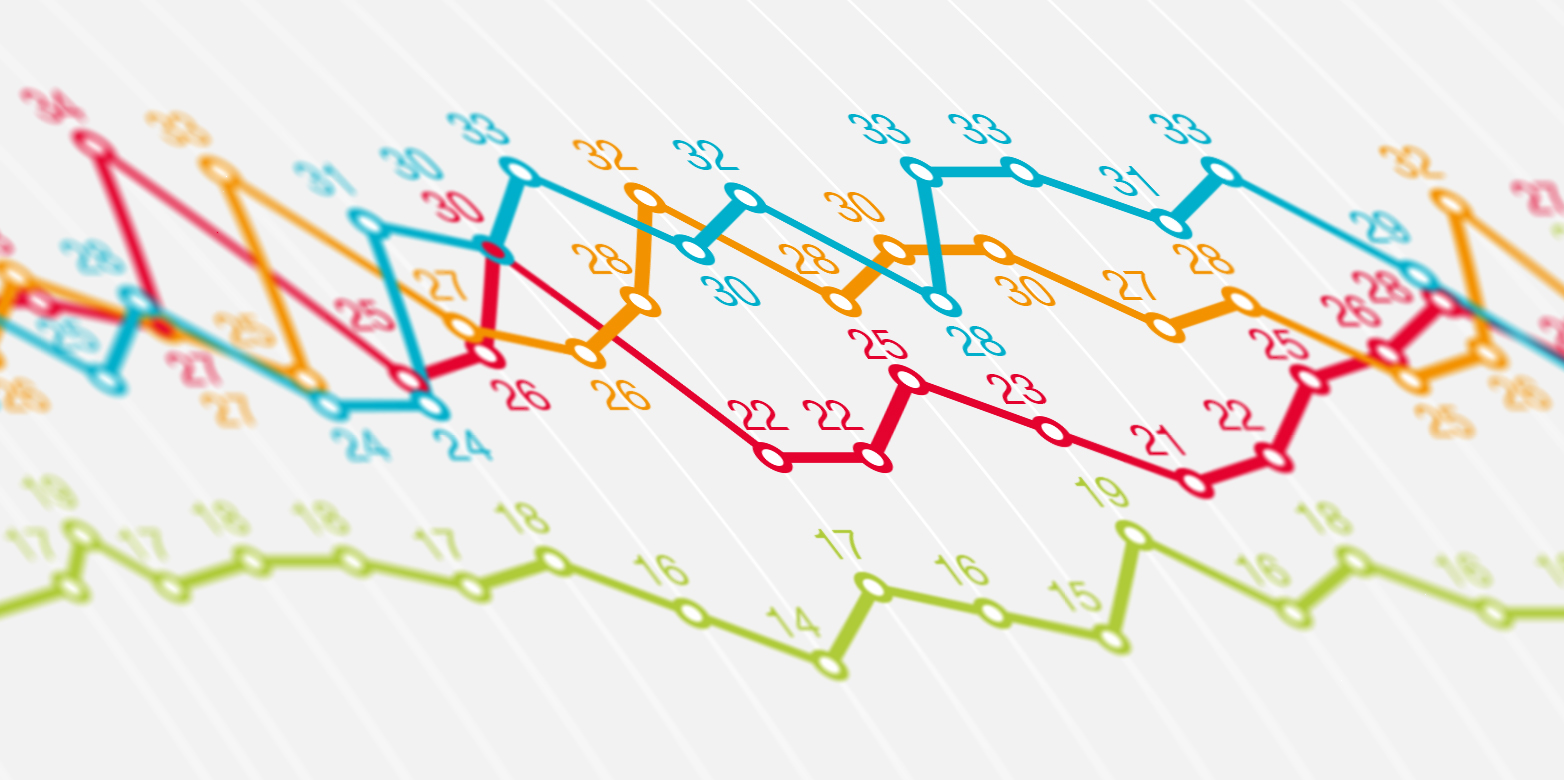 Image: © Jeremy Brickhill, Lines of Control and Withdrawal, from «Mediating Security Arrangements in Peace Processes»
Image: © Jeremy Brickhill, Lines of Control and Withdrawal, from «Mediating Security Arrangements in Peace Processes»
Mediation Perspectives is a regular series of blog contributions by the CSS Mediation Support Team and occasional guest authors.
Jeremy Brickhill’s publication “Mediating Security Arrangements in Peace Processes” clarifies the role of ceasefires in a peace process. Understanding this role is necessary if ceasefires are to foster the transition from war to peace rather than leading to a stalemate situation. What is unique about Jeremy’s booklet is that, as a former fighter in the Zimbabwean liberation war with Joshua Nkomo’s Zimbabwe People’s Revolutionary Army, he can provide insights and models of ceasefires from the perspective of someone who knows the psychology of fighters. We have now translated his publication into Russian, Arabic, and Spanish, because there are few publications on ceasefires, and even fewer that highlight the role of ceasefires in a peace process as clearly and practically as his.



